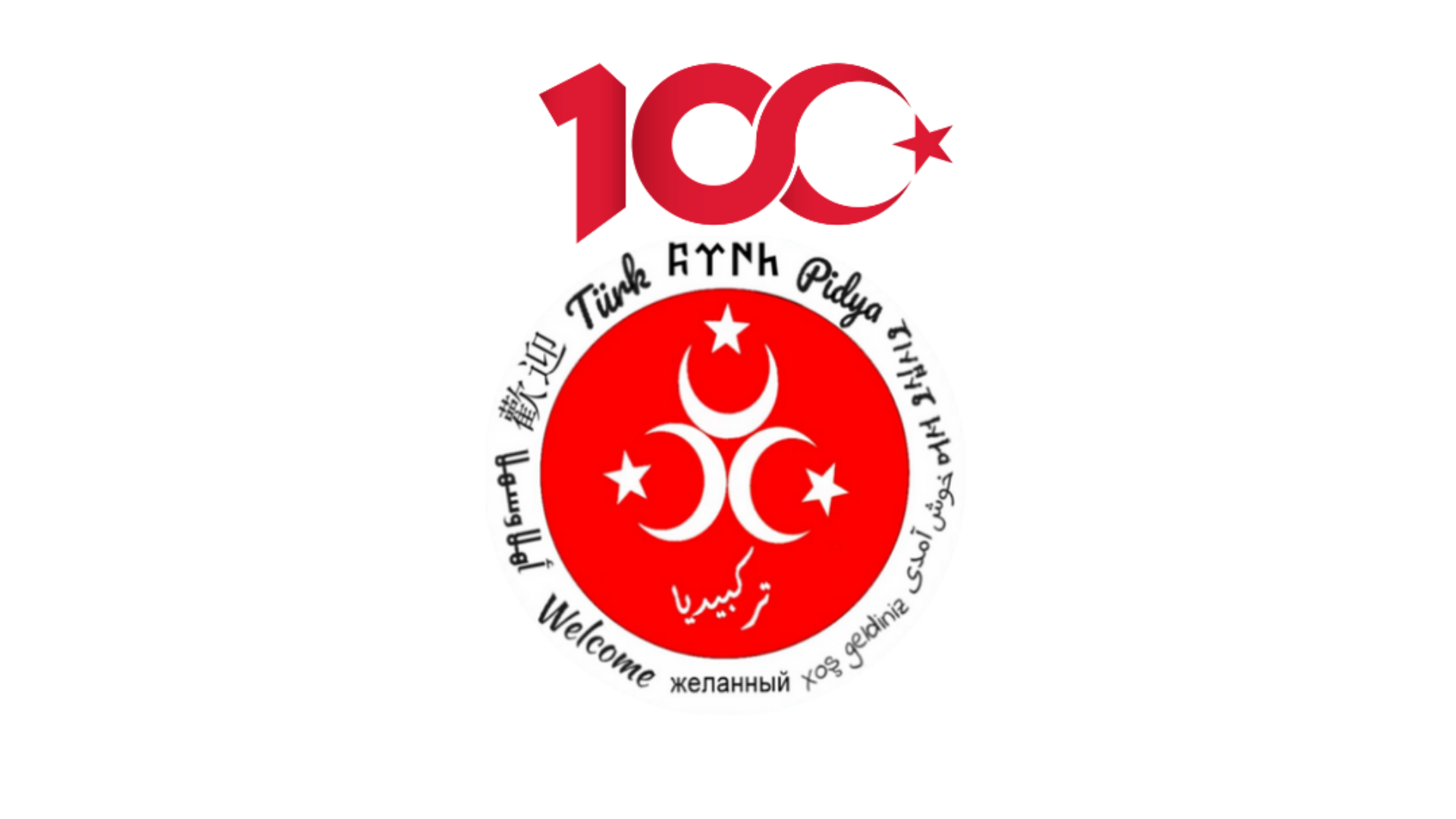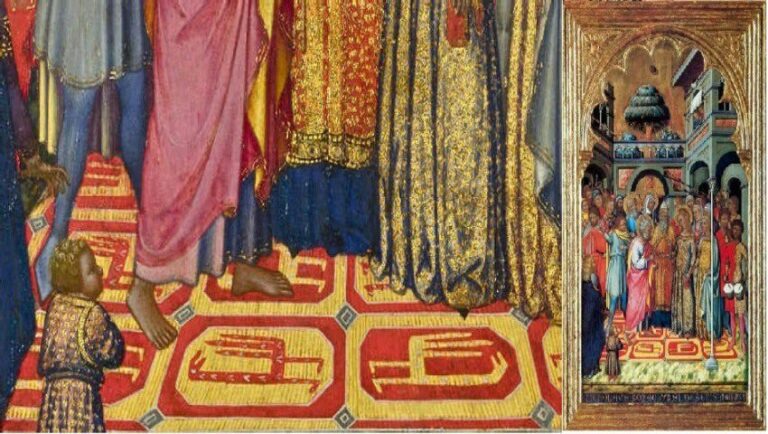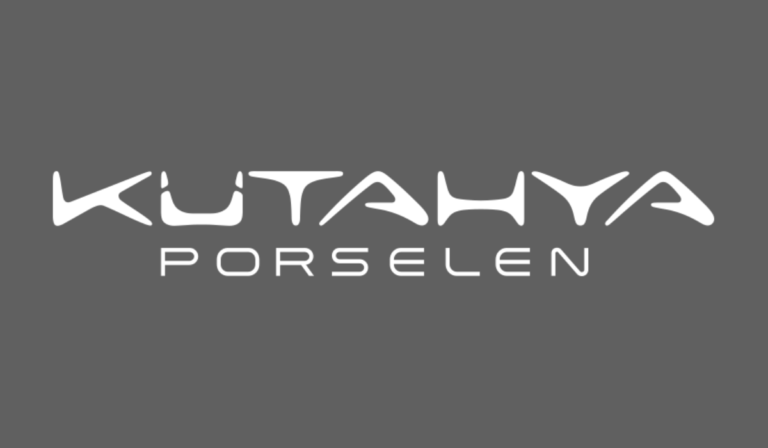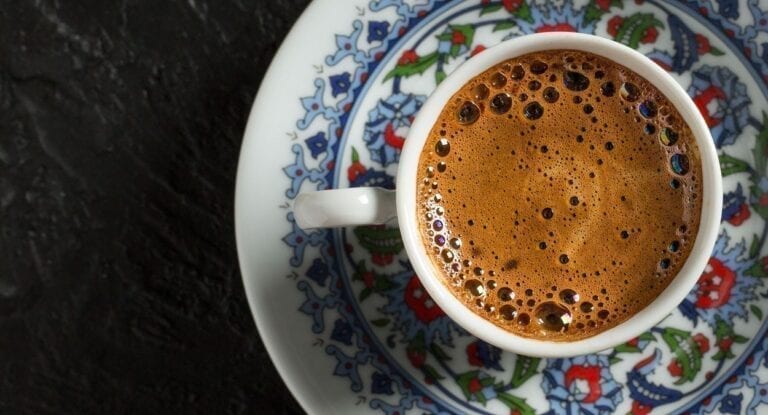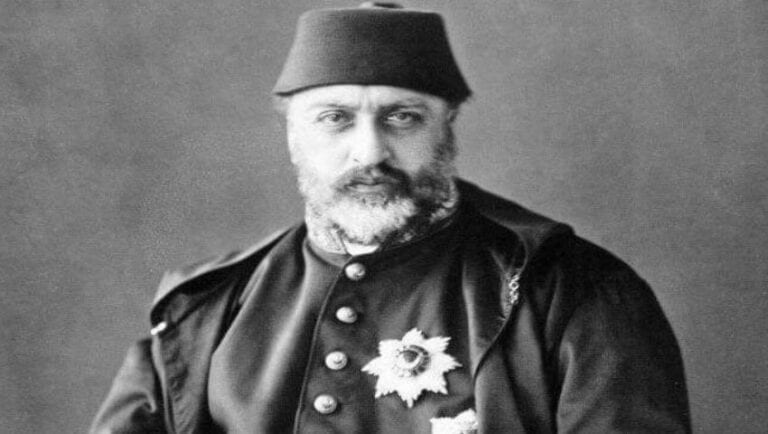Table of Contents
Kutahya is a province and a city in Turkey located in the central Anatolia region of Turkey.
Kutahya is not the easiest place to visit. It’s a little off-the-beaten path for most travelers and it doesn’t have any of the major sites that you can find in Istanbul or Ankara. But if you’re looking for something different from all of the other touristy spots in Turkey, then Kutahya might just be your next destination! This guide will give you everything you need to know about this unique and beautiful city.

The History of Kutahya
Kutahya flourished as travelers from all over came to visit this ancient city.
Kütahya, in central Turkey, has a long history. It has been ruled by many civilizations over the centuries, including the Hittites, Phrygians, and more recently the Ottomans.
While the Hittites were the first to settle in Kütahya, they were not the only ones. There was a settlement history of at least 4500 years before them!
Early Kütahya History
The city of Kütahya was founded around 1200 BC, based on clues from a Hittite text and an inscription by Tuthaliya.
Periode Hittite-Phrygian
Kütahya was located in the Hittite period in the eastern part of Assuva, near the Hittite State border. According to Antiquity, the province is split between Phrygia and Mysia.
Kutahya’s Names
Ancient sources, coins, and inscriptions call Kütahya “Kotiaeion.”
Strabo, the famous ancient geographer, says this name means “Kotys”.
The Turks named it Kütahya after the old name.
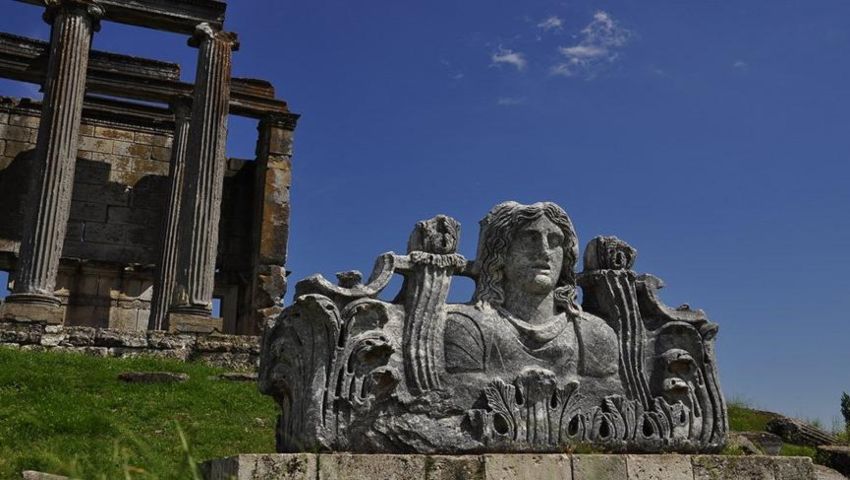
Byzantium
In Kütahya, the Romans conquered many small cities. Kütahya today, Cadi in Gediz, Synaus in Simav, Ti-beriopolis in Emet, Simav Boasköy, Soa Altnta and Aizanoi. Their taxes went to the center, but the rest went to urban development.
Kütahya remained in the Eastern Roman Empire after 395. (Byzantine). Kütahya, an important episcopal centre, grew quickly and became a fortified city. The Temple of Zeus became a church, as did many others in the province.
Seljuk era
After the Battle of Manzikert in 1071, Byzantine Emperor Romanos Diogenes was brought to Kütahya Castle and sentenced to death.
A mile blindfolded through town streets was his punishment for his actions during the battle. After capturing Znik from the Byzantines in 1075, Kutalmşolu Süleyman Shah raided Kütahya two years later.
Kütahya, captured by Byzantium in 1097, was retaken by the Seljuks in 1182. The Anatolian Seljuks regained control of Kütahya in 1233 when Alaeddin Keykubad reunified the country under the rule of Alaeddin Keykubad. Kütahya’s Hdrlk Masjid, Yoncal Bath and Mosque, Balkl Mosque, and Madrasa are Seljuk works.
Germiyanids
The Germiyanidsu Tribe arrived in Anatolia in 1230 under Alaaddin Keykubad I and helped the Seljuks fight Baba Shak while also facing pressure from the Mongolians. Faced with an increasing threat, they moved north, first settling near Köseda, but lost it to the Mongols in 1243. The migration led them further away, into Central Turkey, due to the unfavorable situation with the Mongols who now controlled what is now Iraq.
The Anatolian Seljuk State collapsed in 1277, and Germiyanolu became the most powerful duchy in Western Anatolia.
Süleyman Shah of the germiyanoullar donated Kütahya, Simav, Emet, and Tavşanl to the Ottomans as a dowry for his daughter Devlet Hatun. From 1381 until 1389, The Ottoman sultan Yldrm Bayezid ruled Kütahya.
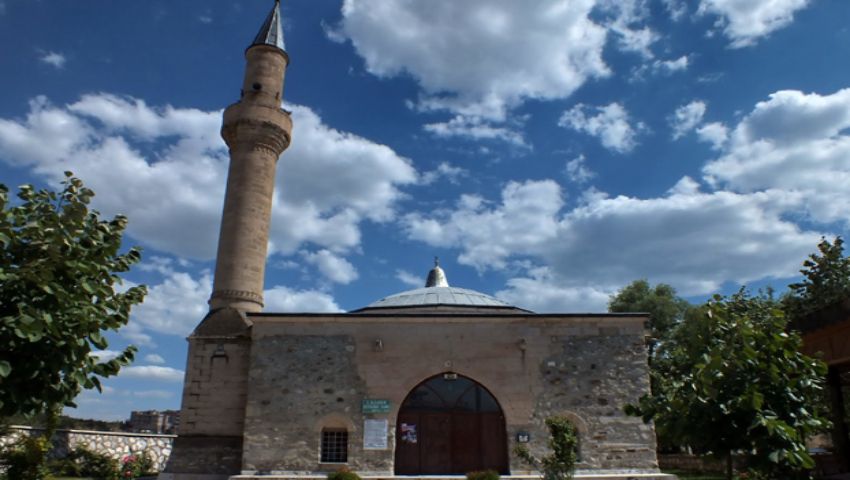
Ottoman Era
In 1429, Kütahya had were a Sanjak in the ottoman empire. The sons of Kanuni, Sehzade Bayezid (1542-1558) and Sultan II. Selim (1558-1566), were governors of Kütahya in 1451.
Due to Safavid separatism in Anatolia, the Ahkulu uprising spread to Kütahya in 1511. Notable events in 1833 were Ibrahim Pasha’s occupation of Kütahya and his departure with the Kütahya Treaty. Beautiful fountains, bridges, mosques, madrasas, inns, and baths in Kütahya.
Tile art, dating back to the Seljuks, reached its pinnacle during this time. July 13, 1766, Fincanclar Tradesman Agreement Kütahya
Kütahya hosted Lajos Kossuth, leader of the Hungarian independence movement, and 56 other refugees between 1850 and 1851. Lajos Kossuth’s Kütahya home became a museum in 1982.
The National Struggle
Kütahya is a major Turkish National Struggle point. The republic’s struggle for independence was fought largely within the province of Kütahya.
Commenced September 20, 1919. Captain Smet, Captain Süleyman, and Mülazm Tahsin founded Kuva-i Milliye Organization in Kütahya. Major Nüzhet Bey took charge. Kütahya was liberated by 350 people led by Smail Hakk Bey, the National Struggle’s first victory.
On August 6, 1920, Mustafa Kemal inspected the National Regiment and left Kütahya with a handwritten commendation to Governor Said Bey.
Kütahya was liberated on August 30, Gediz on September 1, and Emet and Tavşanl on September 3. The Turkish army successfully poured the Greek army into the sea in Izmir on September 9.
Kutahya Geography
Kutahya has an area of 2,484.16 km2 and the population was 573,267 at the 2000 census Kutahya’s elevation varies from 400 meters to 600 meters above sea level.
On the Kütahya Plain’s southern edge, Kütahya was founded on the northern flank of Yellice Mountain (formerly Acemda).
Tavşanl connects Kütahya to Bursa (Marmara Region) and Balkesir in the west, avdarhisar and Gediz in the southwest, Konya and the Mediterranean coasts in the southeast, and Eskişehir and Bilecik in the northeast.
The Economy of Kutahya
According to the 2012 Address Based Population Registration System (ADNKS) results, the population of Kütahya is 573,421 people.
While cities have a population of 375,267 people, towns and villages have a population of 198,154 people. The city has a population density of 65.4 percent, while the village has a population density of 34.5 percent.
the ABPRS results show that the city center has a population of 248,054. Merkez, Tavşanl, Simav, and Gediz are the largest districts in terms of population.
With its thermal waters, it is a source of healing for both local and foreign tourists. The most important art branch in Kütahya is “tile-making,” which has become a symbol of the province and has introduced it to the rest of the world.
Thermal Tourism Centers, which treat a variety of diseases, are also a significant source of income for the locals. Ceramics and tile making in Kütahya began with the Phrygians and has continued to the present day.
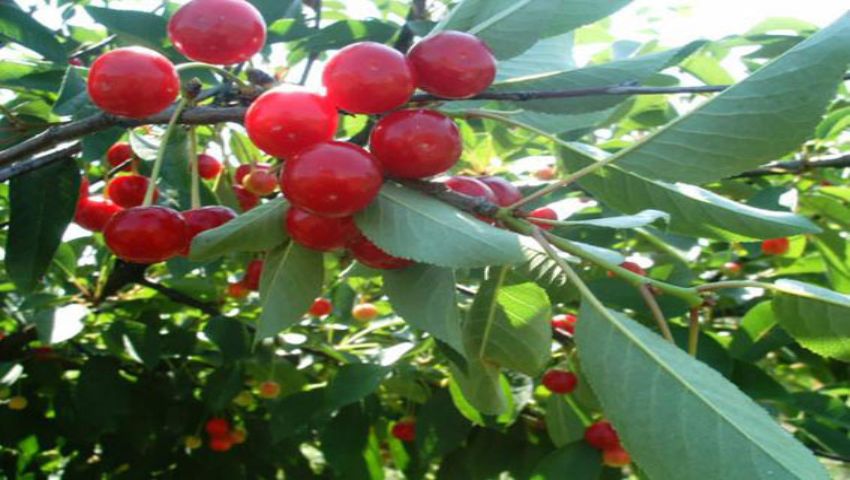
Agriculture of Kütahya
Contribution of Agricultural and Animal Production to the Kutahya’s Economy.
Most grains are seeded on the fertile Kutahya plains. The cultivation of vegetables and fruit is also well developed. The main agricultural products are wheat, barley, maize, legumes, sugar beet, hemp fiber, gum and poppy seeds such as seeds, potatoes, and onions. Sunflowers are also cultivated. The cultivation of vegetables such as tomatoes, eggplants and peppers.
| Product Industry | Contribution to Economy (TL) |
| Animal | 1,287,523,000 |
| Industrial Plants | 85,552,383 |
| Fruits | 160,347,200 |
| Vegetables | 105,198,900 |
| Field and Forage Crops | 565,365,360 |
| Ornamental Plants | 2,868 |
| Total | 2,203,989,711 |
Land Presence and Usage Areas
| Usage | Area (ha) | Total Area (ha) | Ratio to Total Area (%) |
| Cultural Land | |||
| Irrigated Agricultural Land | 80,733 | 346,354 | 29 |
| Dry Farmland | 265,621 | ||
| Non-Culturable Land | |||
| Meadow-Passage | 84,370 | 841.146 | 71 |
| Forest | 612,607 | ||
| Other | 144.169 | ||
| Total | 1,187,500 | one hundred |
Kütahya Province Land Existence and Usage Areas on the Basis of Districts
| County | Agricultural Area (Ha) | Total Agricultural Area (Ha) | forest andHeave (Ha) | Meadow-Passage (Ha) | Other Lands (Ha) | Total Area (Ha) | |
| Aqueous | Dry | ||||||
| centre | 75,226 | 13,758 | 61,468 | 120,593 | 21.422 | 39,959 | 257,200 |
| Golden stone | 24.105 | 11,694 | 12,411 | 26.123 | 17,800 | 22,472 | 90,500 |
| Aslanapa | 20.102 | 3,049 | 17,053 | 37,967 | 3,330 | 4,501 | 65,900 |
| Cavdarhisar | 25,067 | 9,710 | 15,357 | 27.090 | 4.306 | 2,637 | 59,100 |
| Domaniç | 12,387 | 1.917 | 10,470 | 35,610 | 11,465 | 2,438 | 61,900 |
| Dumlupinar | 11,058 | 884 | 10,174 | 15,880 | 1,321 | 2.241 | 30,500 |
| Emet | 19.674 | 4,587 | 15,087 | 35,300 | 2,500 | 10,926 | 68,400 |
| Gediz | 38,345 | 7,815 | 30.530 | 74,050 | 13,999 | 19,006 | 145,400 |
| Hisarcik | 9,705 | 1,088 | 8,617 | 19,524 | 15 | 3,756 | 33,000 |
| Pazarlar | 4.338 | 578 | 3.760 | 3.237 | 1,200 | 5.625 | 14,400 |
| Simav | 50,840 | 15,524 | 35,316 | 79,860 | 3,720 | 21,280 | 155,700 |
Distribution of Agricultural Lands on the Districts According to the Purposes of Use
| Districts | Field Area (Ha) | Vegetable Area (Ha) | Fruit Area (Ha) | Ornamental Plants (Ha) | Fallow Area (Ha) | Unused Area (Ha) | Total Area (Ha) |
| centre | 63,592 | 971 | 313 | 0 | 6.070 | 4,280 | 75,226 |
| Golden stone | 20,860 | 78 | 157 | 0 | 1,050 | 1,960 | 24.105 |
| Aslanapa | 14,831 | 119 | 21 | 0 | 3.110 | 2.021 | 20.102 |
| Cavdarhisar | 15,363 | 21 | 11th | 0 | 5,977 | 3,695 | 25,067 |
| Domanic | 7,828 | 194 | 265 | 0 | 3,300 | 800 | 12,387 |
| Dumlupinar | 6,966 | 57 | 58 | 0 | 700 | 3.277 | 11,058 |
| Emet | 15,701 | 435 | 165 | 0 | 3,370 | 3 | 19.674 |
| Gediz | 32.365 | 1,621 | 897 | 0 | 3.012 | 450 | 38,345 |
| Hisarcik | 8,396 | 191 | 239 | 0 | 864 | 15 | 9,705 |
| markets | 2.354 | 150 | 1,235 | 0 | 476 | 123 | 4.338 |
| Simav | 39,039 | 1,503 | 3,448 | 0.5 | 4,850 | 1,500 | 50,840 |
| chapel | 4,196 | 56 | 1.485 | 0 | 395 | 1,892 | 8,024 |
| With Rabbit | 31.139 | 611 | 277 | 0 | 6,938 | 8.518 | 47,483 |
| Total | 262,630 | 6.007 | 8.571 | 0.5 | 40.112 | 28,534 | 346,354 |
Irrigation Status of Agricultural Lands in Kütahya Province by Districts
| District | Area (Ha) | Agricultural Area (Ha) | Total Irrigated Area (Ha) | Dry Agricultural Area (Ha) |
| centre | 257,200 | 75,226 | 13,758 | 61,468 |
| Golden stone | 90,500 | 24.105 | 11,694 | 12,411 |
| Aslanapa | 65,900 | 20.102 | 3,049 | 17,053 |
| Cavdarhisar | 59,100 | 25,067 | 9,710 | 15,357 |
| Domanic | 61,900 | 12,387 | 1.917 | 10,470 |
| Dumlupinar | 30,500 | 11,058 | 884 | 10,174 |
| Emet | 68,400 | 19.674 | 4,587 | 15,087 |
| Gediz | 145,400 | 38,345 | 7,815 | 30.530 |
| Hisarcik | 33,000 | 9,705 | 1,088 | 8,617 |
| markets | 14,400 | 4.338 | 578 | 3.760 |
| Simav | 155,700 | 50,840 | 15,524 | 35,316 |
| chapel | 25,100 | 8,024 | 208 | 7,816 |
| With Rabbit | 180,400 | 47,483 | 9,921 | 37,562 |
| Total | 1,187,500 | 346,354 | 80,733 | 265,621 |
Diamond and Silverworking
Setting, tension, emailing, hand pen, crape, openwork, foya lighter, polishing, sand aging, size-making and molding are some of the diamond processing sub-sections. During the Ottoman period, the Küçük Bedesten (Flea Market) was a hub for heavy clothing and diamond sticking.
Today still Diamond Stick Masters can be found. Kütahya has been mining and processing silver since ancient times. Silverwork is therefore a long-honored craft. The work is done in conjunction with studies at Dumlupnar University-Altntaş Vocational High School, also known as the filigree.
Tile Making in Kütahya
“Tile-making”, which is the symbol of the city and introduces it to the whole world, is not only the most important art branch in Kütahya, but also an important source of income for the people. Ceramic production, which started with the Hittites in Kütahya, showed continuous improvement until the end of the Ottoman period.
Kutahya Porcelain is one of the most important companies in Kutahya that operates and sell a lot of ceramic and saintwary products.
Industry
It’s fast industrializing Kütahya. The number of places of work for over ten employees is close to 100: there are around 1200 places of work with less than ten employees. Kütahya’s first major industrial center was the sugar factory, built on 700 decares and opened on 5 September 1954. Nitrogen Enterprises Factories opened in 1961 and is one of the largest chemical facilities in Turkey. It produces 500,000 tons of nitrogen ammonium sulfate each year. It also produces explosives for the defense industry and ammonia for use in refrigeration facilities.
Tourism in Kutahya
There are a number of well-known mosques in Kutahya, some built between the XIII and XV centuries. Here are some of the most fascinating:
The Grand Mosque (Ulu Camii), the Rotating Mosque (Donenler Camii) and the Ishak Fakih Mosque.
Museums The Archeological Museum and the Ceramics Museum are recommended to visit. These museums contain a large collection of archeological finds and give information about the history of the city from ancient times to today.
There are several thermal baths in the city, of which Yoncali is best considered. The Eynal thermal baths and water parks, Ilica thermal baths, Murat mountain thermal springs and Dereli thermal springs are also within walking distance.
Sports in Kutahya
Kütahya has sports teams operating in different branches such as football, basketball, volleyball and handball.
Football is popular in Kutahya, Belediye Kütahyaspor is the biggest team in the province.
Transportation in Kutahya
You can take an intercity bus to Kutahya from any Turkish city, which departs from the bus station.
Kutahya has busses that can take you anywhere inside the city or to the villages in the provinces in General.
Taking a taxi is also another option to move around Kutahya.
There is a train station that connects Kutayha to Eskisehir and Izmir with connectıons to many other cities on the road.
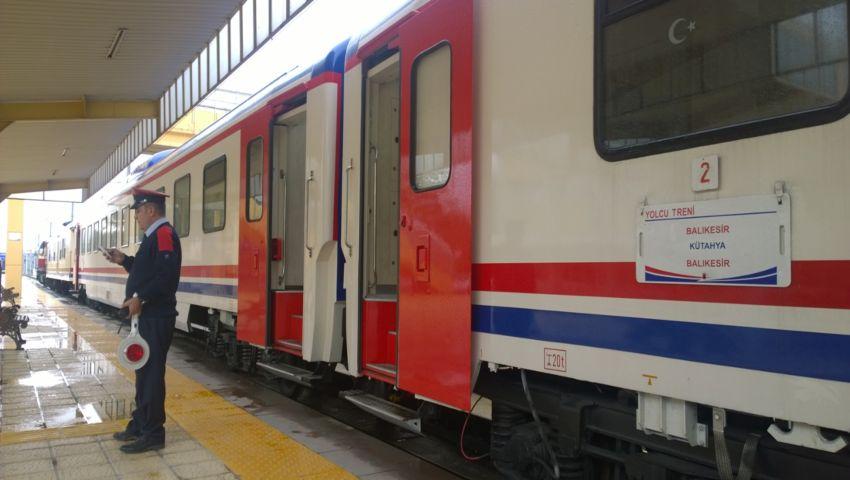
Weather in Kutahya
Kütahya is a small town in Turkey that has an incredible climate. Summers are warm and dry with the occasional thunderstorm, but winters bring chilly days of snowfall piled high on rooftops. Springtime is incredibly beautiful as rain falls to make everything lush again for summer time.
Housing in Kutahya
There are a lot of different housing options in Kutahya , some of them including villa housing complexes.
Kutahya’s average cost for an apartment is $15,000 USD.
The city also has many rental options as well and they range in prices from high to low depending on the locations.
Food in Kutahya
Kutahya is famous of some famous food most importantly Gediz Tarhanası which produced most houses in Kutahya every autumn as winter seed; it’s a Persian name. Although “Terhane” is still pronounced, it is now read as Tarhana.
It is defined by the dictionary as a soup material made of bulgur or fermented, dried and collapsed dough that includes tomatoes, peppers, onions, herbs, milk or yoghurt.

Cimcik is also a famous Kutahyan food that can be classified as a manti type.
The Cimcik, whose name derives from the form of its dough, is a famous dish of Kütahya. The dough particles in the ravioli form are ready to fit 40 pieces in one spoon. After the dough is boiled, yogurt and butter are served and enjoyed.
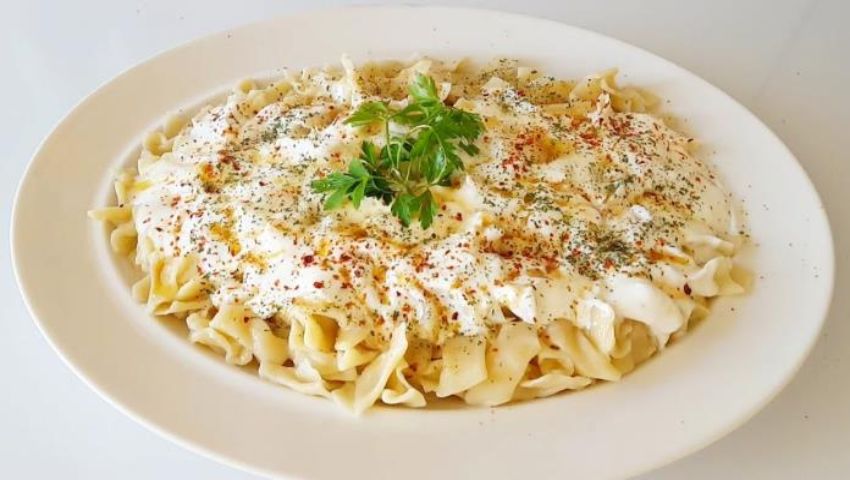
Following the main courses on the Kütahya menu, it was time for the local soups. Sıkıcık Çorbası is a type of soup, which is healthy and satisfactory, which has an important role in Kütahya cuisine and is described as some sort of healing store.
Sıkıcık Çorbası, which comes from village tarhan and bulgur wheat, is one of the most delicious soups in Turkish cuisine. This taste will amaze you, and you definitely want the recipe when you first try it. During the service, you can whisk yogurt and garlic on it, pour it over and enjoy it.
The soup is also available in restaurants in the town center serving local dishes. Before the main classes boring soup will warm you up and fill your stomach, especially on cold winter days.
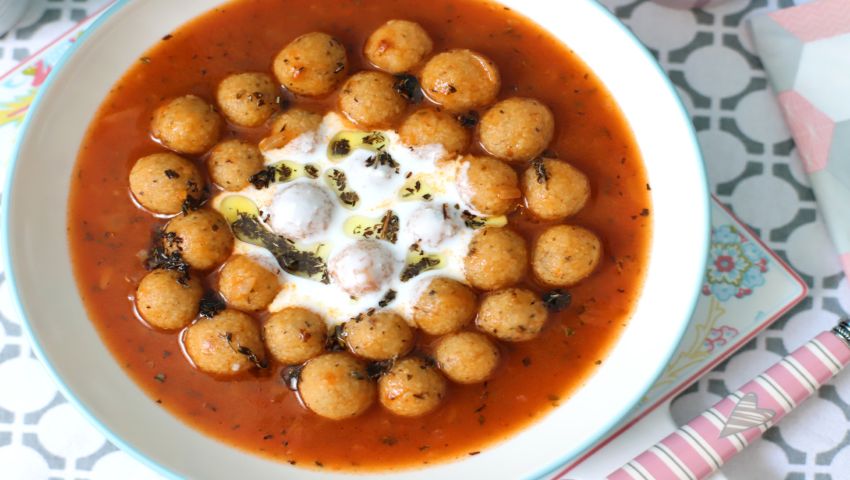
You cannot get up from the table without a dessert on top of Kütahya’s delicious dishes. One of the best and healthiest desserts in the Aegean is the milk fig dessert Sütlü İncir Tatlısı, one of the lightest desserts in the Aegean, where figs are commonly consumed.
The figs have been washed and kept in warm water. Figs removed with the stems are cut into cubes, added to warm milk and crushed by a hand blender until consistency is obtained. The purée is divided into bowls and noodle particles are spread over it. The bowls are then stretched and allowed to sit for 3 hours at room temperature. Fermented desserts are served cold after cooling.
The dessert that comes from the marvelous harmony of figs, milk and noodles is mouthwatering. On summer days it can be found in pâtisseries and cafés, even though it is mainly homemade.
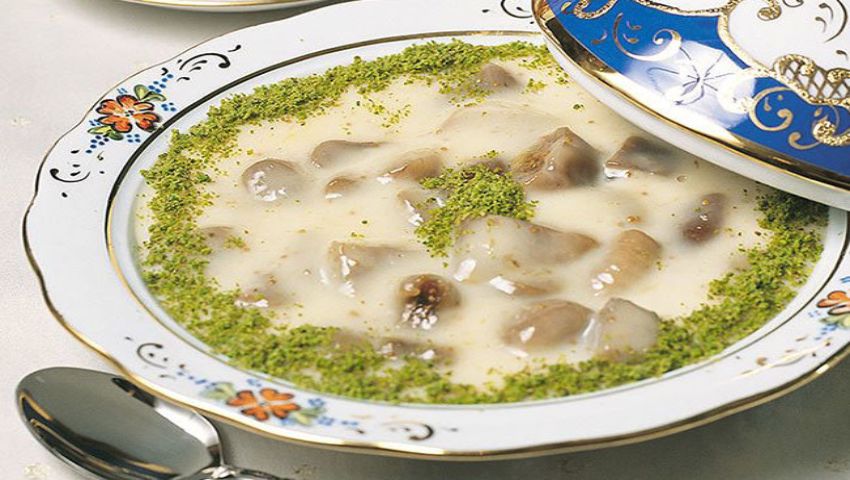
What is Kutahya known for
Kutahya has long been famous for the variety of its kiln products. Whether you’re looking to buy a new kitchen or bathroom, Kutahya is worth checking out!
